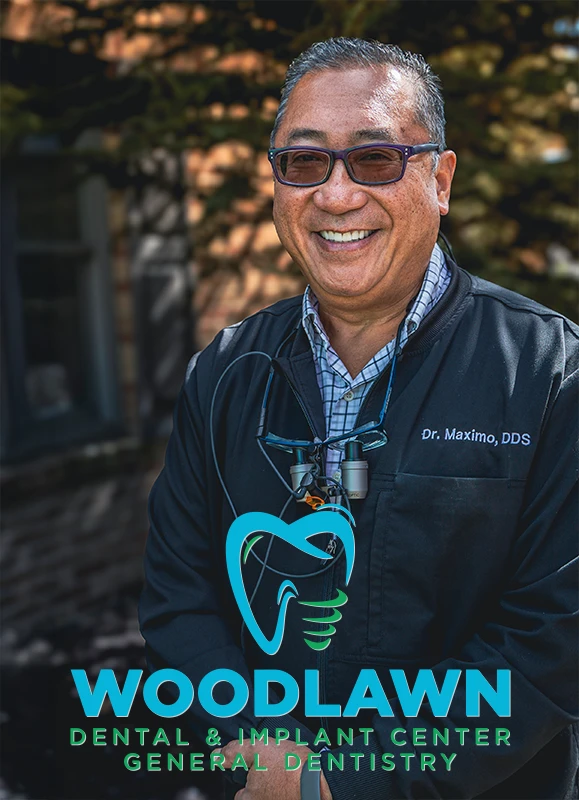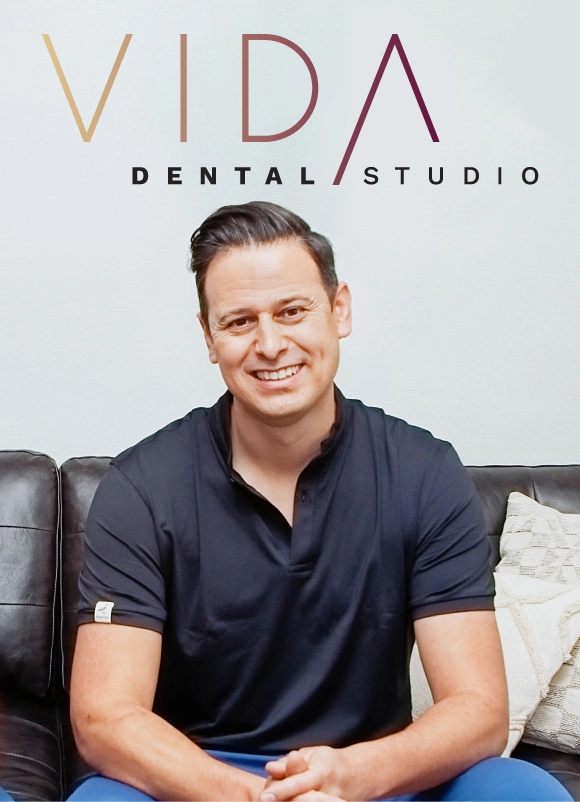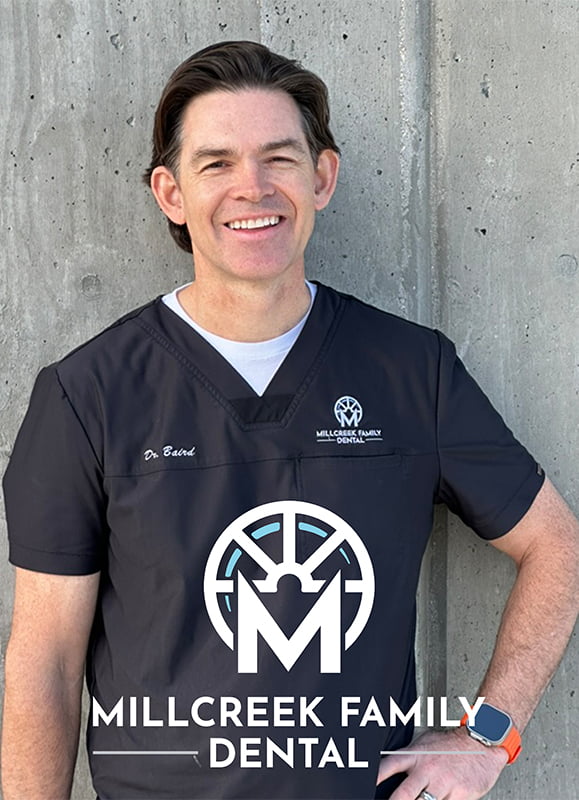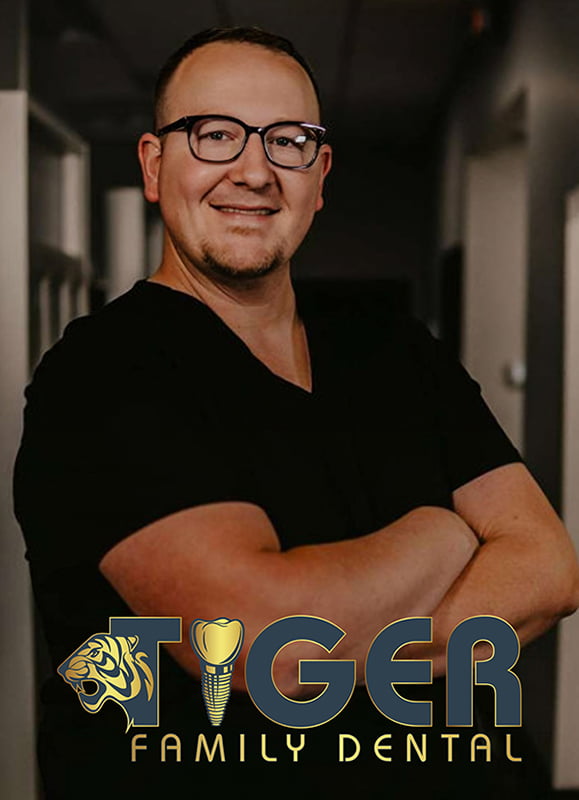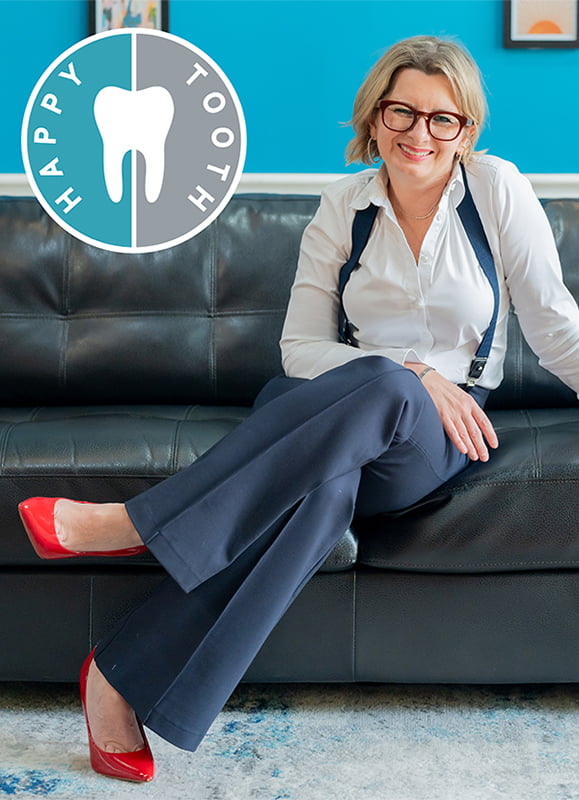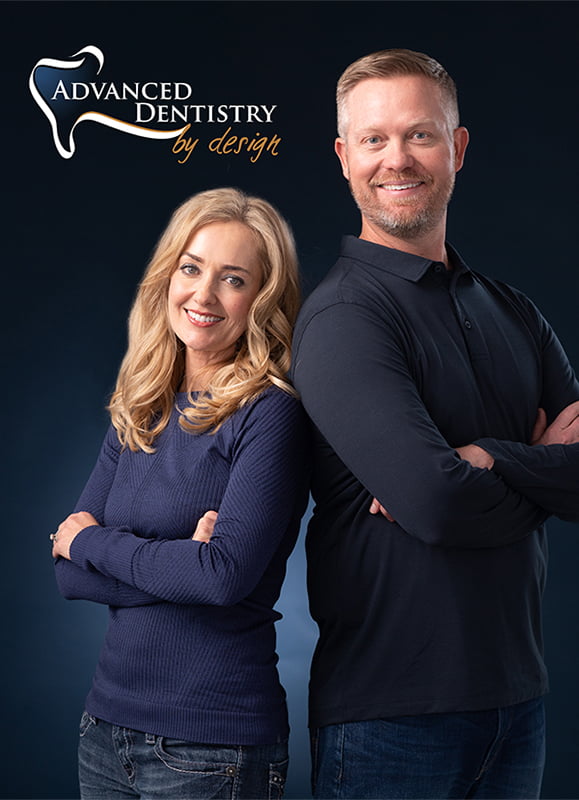Financial Conversations Don’t Have to Be Awkward (E.253)
“Everyone is price sensitive—until they understand the value. If you don’t shift their mindset, they’ll never say yes.” — Dr. Bruce Baird
What This Episode Reveals
Most dental teams dread talking about money.
But here’s the truth—it’s not the patient, it’s the process.
In this episode of the Productive Dentist Podcast, Dr. Bruce Baird explains how to eliminate awkward financial conversations by shifting your team’s mindset from pricing to value—and building systems that increase case acceptance without discounting.
What You’ll Learn
- Why your team’s money mindset is killing case acceptance
- How to shift the conversation from price to value
- The difference between affordability and cost
- What most dentists misunderstand about financing
- How in-house payment systems outperform third-party options
If This Sounds Familiar
- You’re discounting just to get patients to say yes
- Your team avoids financial conversations
- Patients ghost after receiving the treatment plan
- You’re doing the work—but not seeing the return
This episode gives you a practical framework to normalize the money talk—and finally get paid what you’re worth.
Next Steps
- Align your team’s language
- Offer payment options with confidence
- Make financial conversations frictionless
TRANSCRIPT
[00:00:00] Dr. Bruce Baird: Hi, this is Dr. Bruce Baird with the Productive Dentist Podcast, rated number one podcast in all of dentistry, uh, two out of the last five years. So, uh, thanks for being on. Hopefully, um, we’re gonna pick up a few pearls today. Um, today I’m gonna be talking about financial arrangements. Finance, costs, um, is, is dentistry expensive? Yeah. I mean, it is. Are, are patients fee sensitive? Are they worried about whether you charge $800 for something or whether you charge 1200 for something? I mean, a lot of dentists inherent, and I, I’ve been one of them who feel like. That’s a lot of money, and your team also, when they’re going through punishment, ooh, that’s a lot of money, you know? Um, but is it worth it? Uh, I tell the story about Maggie, my daughter, who’s now principal of the elementary school that she went to. Um, I have a couple of kids who are principals of schools. Um, but we were driving down the road. She was probably 11 years old, and I was going to put a veneer on, on a patient, and she said, “Dad, how much does one of those veneers cost?” And I said, “Well, I mean, back then I’m, I’m, it was like $530, whatever this is, 25 years ago,” and she went, “What? Oh my gosh, dad, that is. That’s a ripoff,” is what she said, and I’m going, “Honey, what do you mean it’s a ripoff?” She goes, “Eh, that’s a lot,” and I said, “Well, let me let, let me ask you this. What if I told you I’d take out your front tooth, but you could never replace it, but I’d give you a thousand dollars. Would you do it?” She would go, “Yeah, a thousand dollars.” I said, “baby, every time a, every time a guy looks at you, you’re gonna have no front tooth.” She’s going, “Oh, okay. Hadn’t thought of that. Um, yeah, but that’s expensive, dad,” and I said, “Well, how much do you think car costs?” She said, “Well, probably like $3,000.” I was like, “Yeah. So we’re driving down the road,” and I said, “Let me find you a $3,000 car,” and I said, “Hey, there’s one right there.” She said, “Oh, that’s ugly. I don’t wanna drive that,” and I said, “Oh, okay. What kind of you pick out a car, honey?”
[00:02:29] Dr. Bruce Baird: So she picks that one. She goes, “I like that one right there.” That’s probably 25,000. She went 25,000. Wow. I said, yeah, and she said, well dad, you know, I guess $530 is not that much. What we did is we changed the thought process of the patient, um, our patient’s fee sensitive. I say, yes, and let me explain that when the first time I saw the Kodak study, the Kodak study shows if you raise your fees by 20%, um, and your profit is at X, then you’re gonna increase your profitability by, by raising your fees, by reducing your fees, you’re gonna have to do X amount more to net the same amount. I was, I was in dentistry. I was doing tons of dentistry. In our first year in practice, we did over a million dollars in 1984. Um, now I took home 32 grand, which the year before I had taken home 28,000 as a captain in the military. So all of a sudden things, things changed. I was making more money, but I was working all the time. Financing, when I looked at it, I finally realized, here’s old Mr. Johnson, the rancher, an”d I told him. Mr. Johnson, I said, this tooth needs a crown on it. He goes, “How much is it, doc? I said, “$320.” This is 25 years ago, 30 years ago, and he said, “Damn, that’s a lot, man, doc,” and I said, “Yeah, after I read the Codex study, I decided I could raise my fees 68% across the board ’cause I was burned out.” This is after four years in dentistry. I was doing tons of dentistry, not making any money, and so I said. I said, what am I gonna do? I’m burned out. I’d loved dentistry, I loved it in the military, and I get out and it’s just a struggle. It’s hard, and so I said, well, I’m raising the fees. So I raised ’em 68% across the board, and I figured out I could lose 98% of my patients and still make the same amount of money. Now, what did people do? The same thing they did when it was 68% less. I told Mr. Johnson, I said, your crown’s gonna be $480. He goes, four 80, bam, doc. Then it was three, and then it was six 50. Oh my gosh. Then it was 800. Oh, Jesse, James, you’re robbing me, doc. Then it was 1100, then it was 1500. It doesn’t matter what I told ’em. Are they fee sensitive? Yeah, I guess they are. I had my pool heater go out. My pool guy comes up and he goes, “Doc, I says, your pool heater went out,” and I said, “Oh man, okay, well how much is it?”
[00:05:16] Dr. Bruce Baird: He goes, “That’s 500?” It’s, he’s holding this little piece, like this little sensor, and I said, 500 for that little thing. He said, “Well, that doesn’t count labor. That’s another 250. We’d be about 750 to 800,” and I was like, “Oh, wow, man, I’m, I’m lying and bitching,” and, you know, and he said, “Well, you don’t have to do it, doc,” and I said, “Oh no, I want my pool heated.” So what I realize in that moment. Everybody’s fee sensitive when you don’t know what you’re talking about. It’s like when you go to get a car repaired and they tell you it’s gonna be X amount, and you go, oh, okay. Wow, I didn’t know. So don’t get hung up with price. Think more about affordability. Okay, and so the communication skills that we use, and the way that we go through our financing is some patients can pay cash. You know, one of the things I’ve always wondered, and I, I don’t know if there’s a good answer for it or not, but somebody pays you cash, and let’s say they use Care Credit, for instance, they’re gonna use CareCredit, and CareCredit is gonna pay you cash. They’re gonna take about a 10%. Discount on that. Um, and your team is going to sell them on CareCredit because it has interest free financing for a year or for two years, and CareCredit has done an amazing job of training docs and teams to use that as their, as their, uh, method of financing. Um, it’s certainly better than you doing your own financing and trying to send patients bills from Granbury Dental Center or Bob’s Dental Hu or whatever it is, because they think you’re rich anyway. So when they, when they get the payment across the board, that’s gonna go in the garbage or they’re just gonna wait to pay it if they can’t. So what we did is we set up specific financial arrangements. I started a company called Compassionate Finance, uh, 15 years ago. It’s hard to believe, and it was an in-house financing, but it wasn’t my house. We, we formed it so that any dentist could use us, and it looked as though it was a third-party financing. We could approve lots and lots of people. If you think about it, um, most people could afford a hundred bucks, 150, and it had interest associated with it. It’s not this interest-free stuff, uh, but it had interest and the patients, uh, and, and a lot of doctors say, “Oh, my patients don’t wanna pay 13%. They don’t wanna pay 9%.” Yeah. They don’t really care people. If you focus on the percent interest, you’re gonna lose a lot of business. What you focus on are affordable payments. We found that if a patient’s payment could be $110 or less. They had a 98% chance of paying no matter what their credit rating was.
[00:08:18] Dr. Bruce Baird: That number’s gone up in the last few years, but still, the bottom line is the truth. We need to find ways to make our dentistry more affordable, so we put it all on a form and P, PA, our coaches can show you exactly how to do it, and you get cash up front, you get a discount. The funny part is the ones who pay cash upfront could pay you cash upfront without a discount. Um, with some of our docs that use Compassionate Finance and now it’s, uh, you know, uh, they found that they only had two options. You have monthly payments or you pay cash. Oh, I’ll pay cash. No questions about a discount or anything else. Um, and so. What we found was some docs quit doing that. They quit taking a seven or 4% bookkeeper discount, 3% credit card, whatever, and what we found was that most of the patients just paid, you know, some people need monthly payments, they need affordable monthly payments. You know, if you take 8,000, I mean, how many times have you done a $9,000 treatment plan and CareCredit or a third party approves you for three grand? Approve your patient how? How much dentistry you do, you have other options. Most docs have no other options. They do $3,000 worth of work. Well, guess what? What about all the patients that come in that aren’t credit worthy? They can’t get credit. They, they, they’ve not been good stewards of their money in the past, but they pay, make their payments for the most part they make their payments on time. You know, 95% of Americans, if they have a contract to pay, they’re gonna pay. It’s the 5% that owes you. So the whole, the whole premise behind Compassionate Finance was, yeah, we’re gonna have some people that, that don’t, that don’t make their payments. The interest off the ones who do make their payments offset the losses, and so that in itself is, uh, is the reason we came up with it, and we, like I said, we’ve done over a billion dollars in financing for dentists and patients across the country over the years. Um, so we have a sheet, it has cash up front and it has financing options. It may be a down payment. One is financing. If you wanna continue to use third party, that’s fine. I wouldn’t, but it’s fine.
[00:10:53] Dr. Bruce Baird: The other option is we could have convenient monthly payments as much as whatever you can do, 6,000, $7,000 worth of work and have payments in the 150 to $200 range. Well, guess what? Most dentists, their average treating brands are 1500. Why? Because they’re afraid the patient’s gonna say no to the treatment. So they’re like, ‘Okay, let’s just do one Crown.’ It’s the Crown of the Year Club. You, you can’t do comprehensive exams, you can’t do that stuff, and we’re gonna be talking about all this stuff, uh, during our Clinical Calibration Institute sessions. Um, and you’ll get to talk to other docs who’ve been doing the exact same thing that we’ve been doing and instead of producing 475 an hour, like the national average. Some of our docs are producing 2000 an hour, 2,500 an hour. I don’t think if I asked any of them, would you like to go back to 475? I think they would say, forget it, man, I ain’t doing that because it’s stressful, because you know you’re not doing comprehensive dentistry and if you’re not communicating like we talked in our last session, well now you got people pissed off and they’re pissed off about the money. Then you’re not happy as a dentist. So let’s get, let’s get all that stuff cleared up but let’s find a way to help train your front office, to train your chair side your treatment coordinator who does all of our scheduling to get your, your associate, to get you, to get your, um, your office manager, all of you on the exact same beat because you can dance, if you’re all on the same beat. If everybody’s playing their own music, unfortunately you’re not gonna enjoy dentistry. It’s just not gonna be near as much fun. So anyway, I hope you enjoyed this, the Productive Dentist Podcast. Tell your friends, um, send them a message, send them a note about it. Uh, we would love to have them come join us at at Clinical Calibration Institute. Um, look forward to our next time together. Thanks.
Have a great experience with PDA recently?
Download PDA Doctor Case Studies
